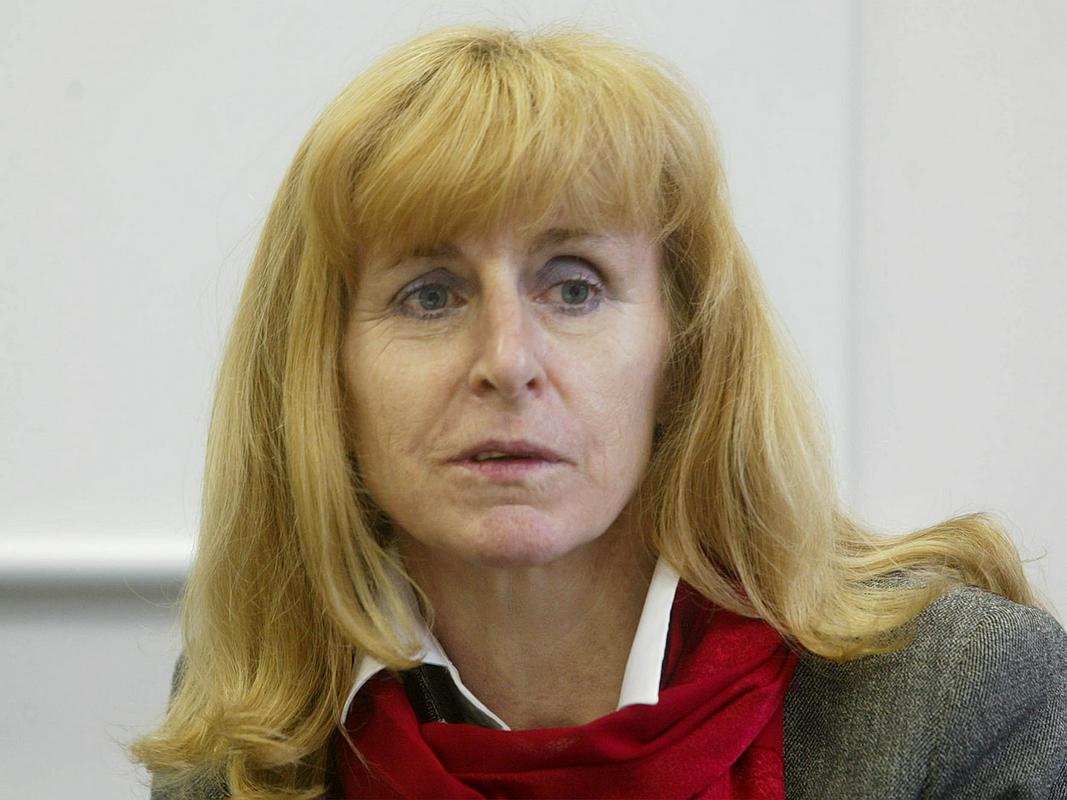We invited psychologist Ljubica Marjanovič Umek, who has spent many years as a member of the commission for assessing toys, to tell us more on this topic. She explained that it is difficult to make a precise definition of the concept of play, but added that in its essence, play is a natural activity: "That means that children spontaneously enter into play. It is not something being offered from outside. In play children also process their emotional conflicts and deal with them."
Anything can be used as a toy
And what is a toy? The broadest definition considers the toy as something that does (or does not) serve its purpose. "Sometimes we consider it as any play material with which a child can play. Natural materials such as sand and leaves are also considered to be toys. A narrower definition perceives a toy as something made with the intention of being a children’s toy. That means that the manufacturer thinks how the product will be used as a toy, and sets goals as to what a child’s hands can do with it," explained Marjanovič Umek.
Safety, aesthetics and the acceptability of a toy
What is a good toy? Psycholgist Marjanovič Umek presented several viewpoints, but started by saying that a toy has to be well made and should not break after a couple of uses: "That’s the safety standard. If a child plays spontaneously and is relaxed, he should also feel safe. The toy must not fall apart, have sharp edges, and it shouldn’t leave colour marks when touching it or playing with sweaty hands. The size of the toy and its components are also important when handling it. Parts of the toy must not go into the mouth, ears, nose… Toys like that are not safe and have been poorly conceived and made."
A high price toy means better quality, but…
Price often influences the purchase of a toy. Marjanovič Umek has established that there is a correlation between the quality of a product and its price: "We have been assessing toys for decades awarding them with Good Toy labels. When I worked in the commission as a developmental psychologist, hundreds of toys passed through my hands. For the majority of them I also knew their price. I have to confirm that there is a correlation between the quality of a toy and its price. However, it would be wrong to claim that the only standard when buying a quality toy should be its price. One can also find expensive toys which are not good."
Grownups compete in who will buy the most expensive toy
It often happens that children receive toys in waves. At birthdays, and during the merry month of December, children tend to get a lot of toys at once. "Getting carried away with buying toys is more to the satisfaction of grownups, thinking that they’re doing something good for their children. If we’re honest and look at birthdays, even three balloons can mean a lot to a child and make him happy. Activities prepared by their parents can also be very enjoyable and make a child very happy."
Oglas



































































